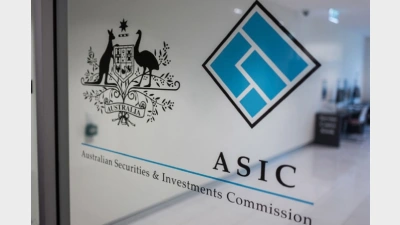Sunsuper chooses GBST for after-tax performance measurement



Sunsuper has chosen GBST to provide after-tax performance measures for two of the superannuation fund's Australian equities mandates.
The partnership supports Sunsuper's recent move to an after-tax performance objective based on underlying S&P/ASX pre-tax indices for its Australian equities mandates.
Sunsuper previously used the Association of Superannuation Funds of Australia (ASFA) FTSE benchmark but has moved to a customised benchmark with GBST after a 12-month consultation period.
Sunsuper's portfolio manager for Australian equities and hedge funds Bruce Tomlinson said it was a major decision that aligned with current market trends.
GBST Quant Division's Kathy Taylor-Hoffman said customised after-tax solutions aligned better with fund managers that used the S&P benchmark.
Taylor-Hoffman said clients often started using after-tax benchmarks before incorporating after-tax considerations more fully into their processes.
She said GBST's customisable after-tax services were directly contributing to the current appeal of the after-tax investment approach.
"We are delighted to be working with one of the earliest adopters of an after -tax performance measurement regime and enabling the evolution to a customisable after-tax benchmarking environment which we believe is more aligned with the fund manager's investment processes," she said.
GBST already provides after-tax services for a range of super funds and fund managers including Unisuper, Cbus and Warrakirri Asset Management.
Recommended for you
The Assistant Treasurer has reaffirmed the government’s commitment to strengthening retirement outcomes, consumer protections and cyber resilience in superannuation.
The industry super fund has advanced reconciliation efforts with a new initiative focused on improving outcomes for First Nations members.
The regulator has announced fresh legal actions in relation to the Shield and First Guardian fund failures.
The Gateway Network Governance Body has unveiled a detailed roadmap to guide the superannuation industry through the upcoming Payday Super reforms.










